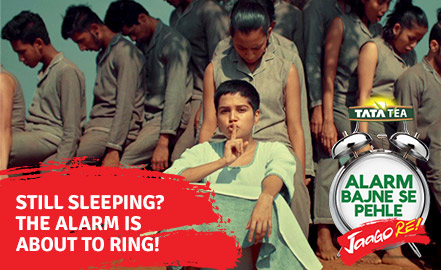What is Net Neutrality?

Today the internet is constructed around the idea of having everything out on the open. It allows users to connect and discuss information spontaneously, with almost no restrictions to content and web services available online. Currently, consumers pay a monthly average for the usage of the internet. This sums up the idea of net neutrality.
TRAI, which controls and regulates the telecom market in India, recently came out with a consultation paper on the topic of over-the-top (OTT) apps like WhatsApp, Facebook, Skype and net neutrality, asking consumers and businesses to send in their opinions.
It suggests that these apps be charged extra, over and above the monthly average that consumers pay for internet usage.
The reason cited by TRAI for this is, OTT apps are being used more by consumers, primarily for their free call and SMS features.
This leads to consumers not using regular features provided by telecom companies, owing to which they are losing out on revenue they can make from consumers.
Net Neutrality movement in India
TRAI's consultation paper has brought together consumers from four different walks of life – entrepreneurs, students, working professionals and homemakers to stand up for net neutrality which seeks the following objectives:
No licensing of the OTT apps like WhatsApp – all businesses must be free to enter the open internet with apps and all consumers must be free to use them.
No censorship or selection of content and web applications in the internet – consumers must be free to browse the internet without restrictions.
No selective internet access speeds to be given to any or all services on the internet.
No "zero rating" or charging some sites free over others.
Each website/service on the internet, must have the same data cost for access (per KB/MB).
Share this story on





